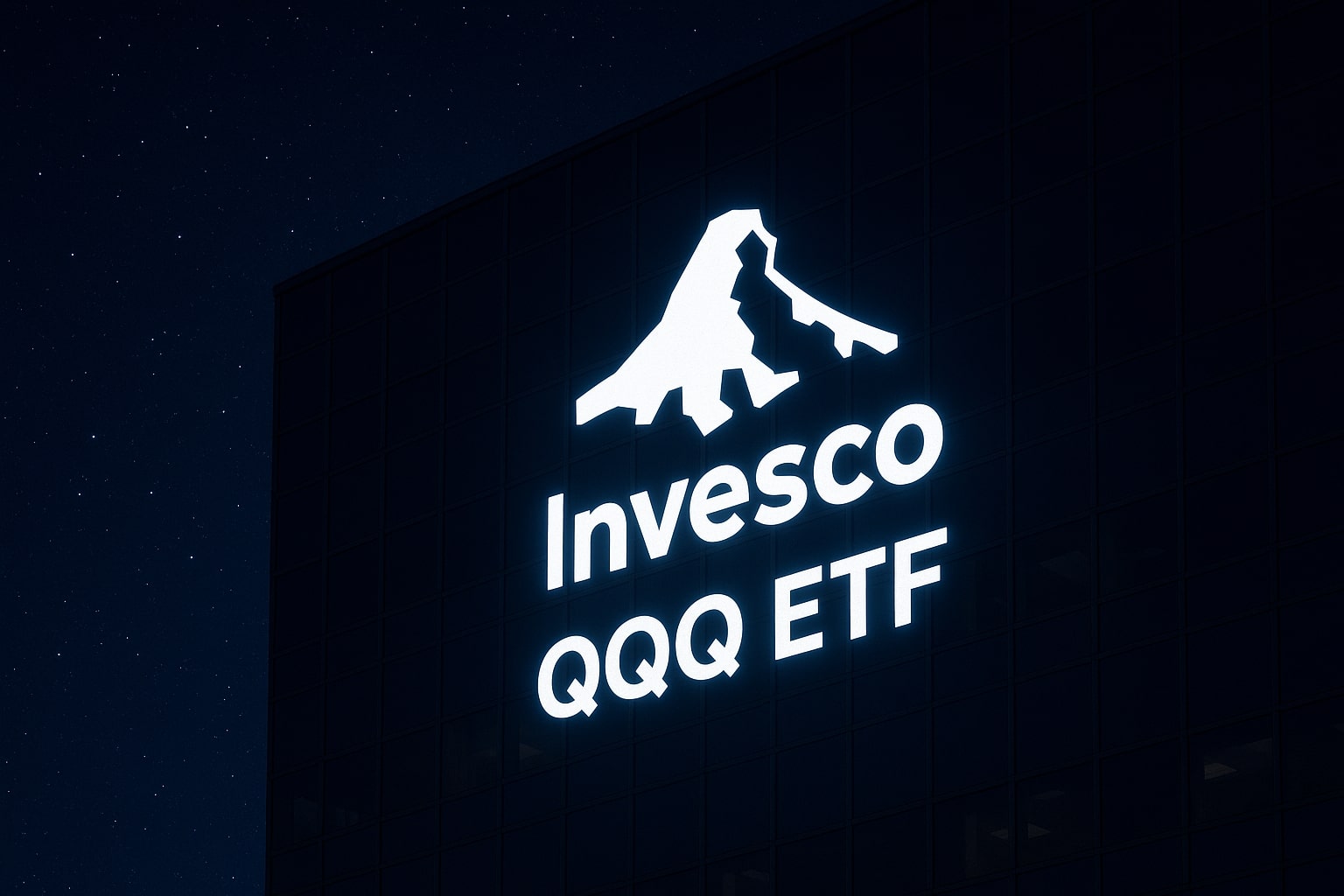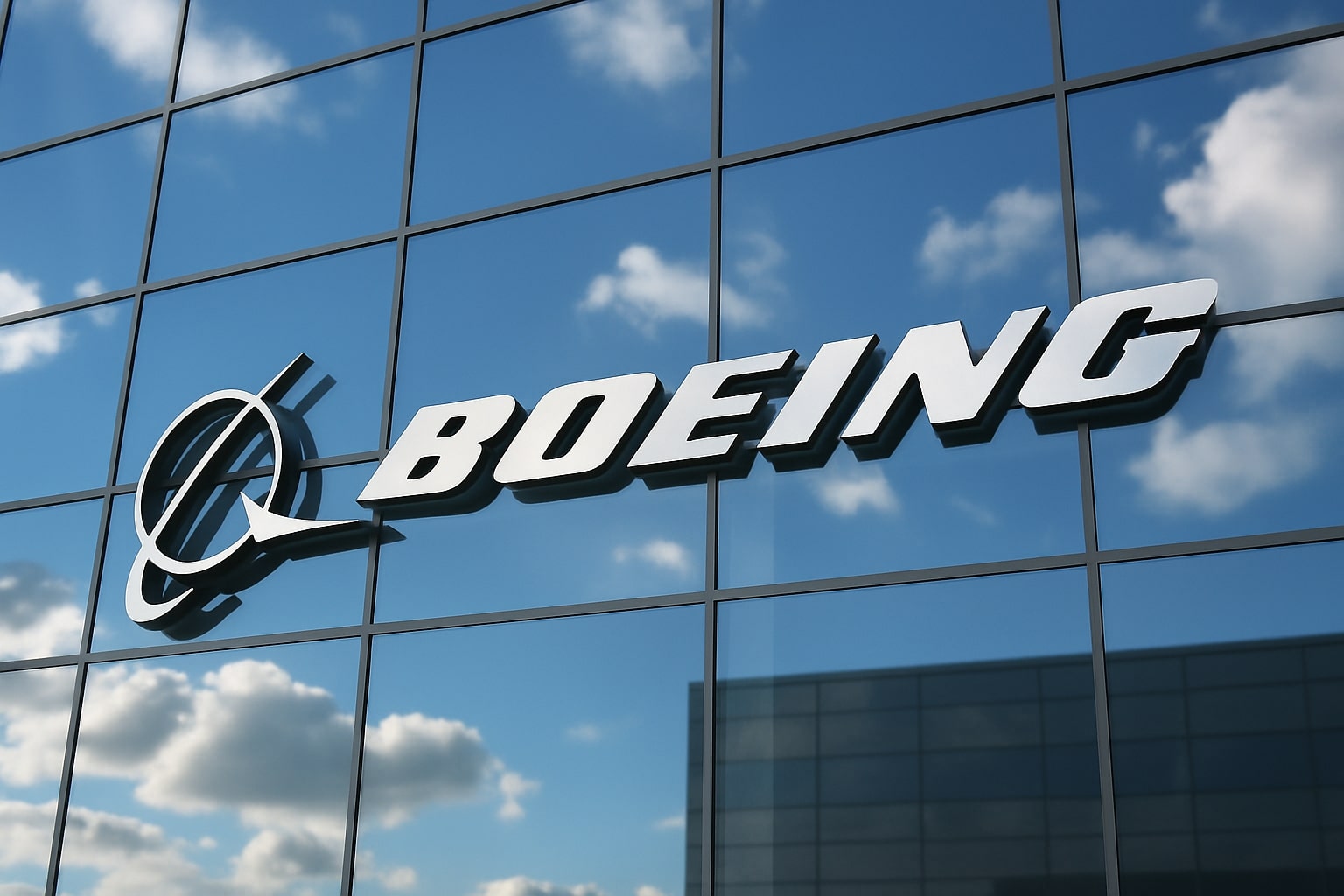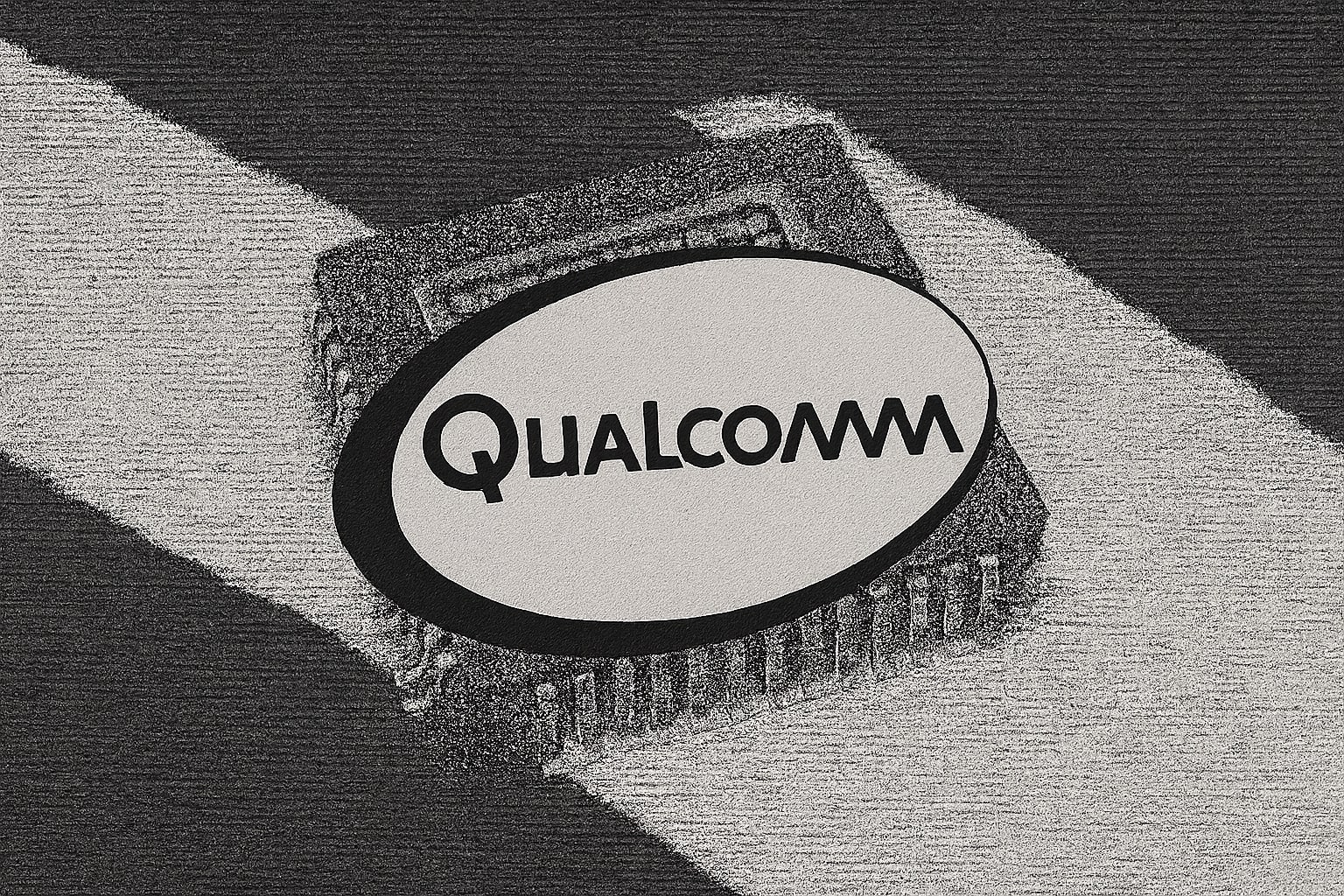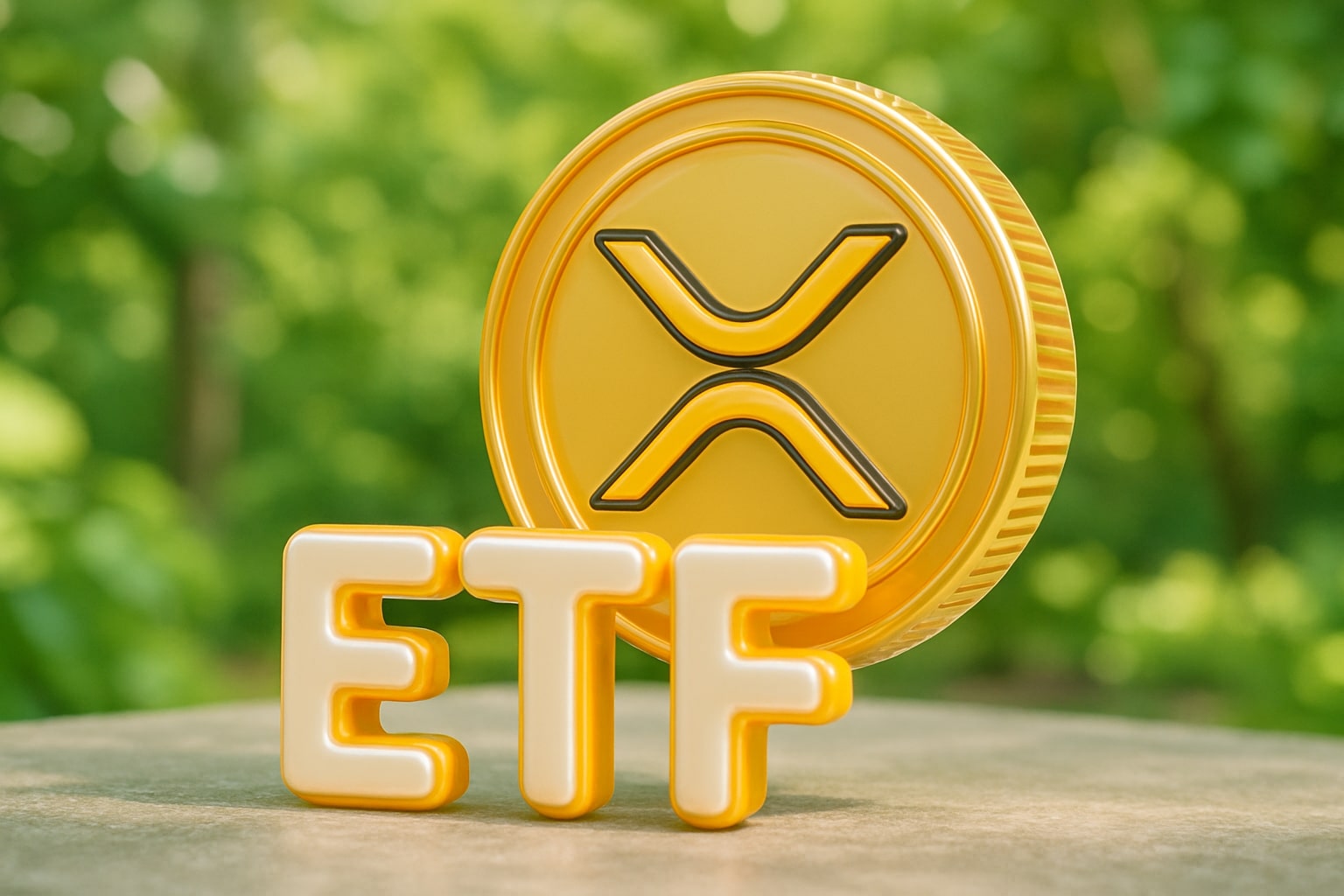
Stock Market This Week Forecast - S&P 500 at 6,643 and Nasdaq at 22,484 Face Critical Jobs Data and Tesla’s 456K Delivery Test & Nike Stock On The Watch
Dow Jones at 46,247, stretched CAPE at 40x, and record household equity exposure set the stage for a volatile week of Fed signals, corporate earnings, and labor market clarity | That's TradingNEWS
S&P 500, Nasdaq, and Dow Enter New Week at Record Levels but Warning Signs Flash
The S&P 500 (SPX) ended last week at 6,643.70, just shy of its record close of 6,693.75 earlier in the week, marking a 12.8% gain year-to-date. The Dow Jones Industrial Average (DJI) climbed to 46,247.29, up 0.65% on Friday, while the Nasdaq Composite (IXIC) reached 22,484.07, adding 0.44%. These levels represent an extraordinary rally driven by artificial intelligence, consumer resilience, and household equity exposure, but they also highlight risks as valuations stretch. The forward P/E ratio for the S&P 500 sits at 22x, trailing P/E at 28x, and the CAPE ratio at 40x, a level unseen since the 2000 dot-com bubble. Investors are betting heavily on sustained earnings growth over the next decade, but these valuations leave little margin for error.
Artificial Intelligence Spending Spree Pushes Nasdaq Higher
The Nasdaq’s relentless climb is being powered by multi-hundred-billion-dollar AI infrastructure commitments. Nvidia (NASDAQ: NVDA) surged after pledging a $100 billion investment in OpenAI, which itself sealed a $300 billion agreement with Oracle (NYSE: ORCL) under the Stargate program. CoreWeave’s contracts swelled to $22.4 billion, nearly doubling from earlier commitments. This comes on top of Broadcom’s (NASDAQ: AVGO) $10 billion customer deal, which analysts also tie back to OpenAI. Nvidia is effectively financing its own revenue growth — a system where capital inflows also return as GPU sales revenue. NVDA stock advanced more than 4% last week, and year-to-date it remains the dominant force behind tech’s performance. Still, skeptics warn that this cycle resembles vendor financing during the dot-com era, raising concerns of a fragile foundation beneath the AI boom.
Households’ Record Exposure to Equities Could Amplify Any Downturn
Federal Reserve data shows that stocks now account for 45% of U.S. households’ financial assets, surpassing the late-1990s peak just before the dot-com bust. The S&P 500’s 33% rebound since April 8 has inflated personal balance sheets, but it has also concentrated household wealth in a single asset class. The Magnificent Seven — NVDA, AAPL, AMZN, MSFT, META, GOOG, TSLA — now control 34% of the S&P 500’s market capitalization, contributing about 41% of its gains this year. While this concentration magnifies upside potential, it also raises systemic risks: if even two or three of these giants stumble, index-level downside could be severe.
Macro Catalysts: September Jobs Report and Federal Reserve Outlook
The September U.S. employment report, due Friday, will be the week’s pivotal release. August added just 22,000 jobs, the weakest monthly gain of the year, while unemployment edged higher. Inflation remains sticky, with the core PCE price index up 2.9% year-over-year in August, above the Fed’s 2% target. The Federal Reserve’s Jerome Powell described the policy backdrop as “challenging,” caught between rising unemployment and lingering inflation pressure. Treasury yields softened last week, fueling equity gains, but traders will be closely watching Fed speakers including New York Fed President John Williams and Cleveland Fed President Beth Hammack for policy signals. A weak jobs print could accelerate expectations of further rate cuts, but it also risks raising recession fears.
Read More
-
QQQ ETF at $614 After a 123% Surge: AI, Rates and 2026 Targets In One Trade
12.12.2025 · TradingNEWS ArchiveStocks
-
XRP ETF Surge: XRPI $11.71 and XRPR $16.55 Track XRP’s $2 Floor and $1B Inflows
12.12.2025 · TradingNEWS ArchiveCrypto
-
Natural Gas Price Forecast: NG=F Clings to $4.12 Support After Weather Shock
12.12.2025 · TradingNEWS ArchiveCommodities
-
USD/JPY Price Forecast – Dollar to Yen Back at 156 as Fed Cut and BoJ Liftoff Collide
12.12.2025 · TradingNEWS ArchiveForex
Earnings Spotlight: Nike, Tesla, Carnival, and Conagra
This week’s earnings calendar is dense with market-moving names. Nike (NYSE: NKE) will report Tuesday, with investors focused on CEO Elliott Hill’s turnaround plan after weaker profits and falling margins. Tesla (NASDAQ: TSLA) deliveries are expected Thursday at roughly 456,000 vehicles for Q3, comfortably above consensus forecasts of 440,000–448,000. A beat could send TSLA, already hovering near 2025 highs, even higher. Carnival (NYSE: CCL) kicks off Monday with Q3 numbers that will show whether strong booking trends are offsetting higher fuel costs and debt pressures. Meanwhile, Conagra (NYSE: CAG) faces scrutiny Wednesday after reporting a 4% sales decline last quarter, testing whether U.S. consumer staples can withstand softer demand. Together, these results will set the tone for discretionary, travel, EV, and staples sectors.
Consumer Spending and Housing Dynamics Support the Rally
Consumer resilience continues to anchor equities. August personal consumption expenditures rose 0.3% month-over-month to $21.11 trillion annualized, with JPMorgan’s card data showing 2.9% year-over-year spending growth. However, confidence is uneven. The University of Michigan survey revealed falling sentiment among lower-income households, while wealthy stock-owning households held steady thanks to record market gains. Housing data mirrored the divide: new home sales surged 20.5% in August to 800,000 units annualized, while existing home sales fell 0.2% to 4.0 million units. Prices remain elevated, with the median home price at $422,600, up 2% year-over-year. Mortgage rates climbed to 6.30%, squeezing affordability, but locked-in low-rate borrowers remain shielded from rising costs.
Energy and Inflation Crosscurrents
The average U.S. gasoline price dropped five cents last week to $3.15 per gallon, relieving some inflation pressure. Yet energy markets remain volatile after Ukrainian drone strikes on Russian refineries raised fears of export disruptions. OPEC+ continues to hold output steady, tightening supply just as inventories fall in the U.S. While the drop in pump prices helps consumers, a renewed oil rally could push inflation back toward 3% and complicate Fed policy. Equity investors should expect energy prices to remain a key volatility driver through year-end.
European Earnings Context: Tesco and Greggs
In the UK, Tesco (LON: TSCO) reports this week after a strong start to 2025, with 4.6% like-for-like sales growth in Q1 led by a 5.1% increase in the UK. Despite this, Tesco has guided profits slightly lower at £2.7–3.0 billion, versus £3.1 billion in 2024, citing concerns of a grocery price war. Greggs (LON: GRG) posts Q3 numbers Tuesday after 7% revenue growth but a 7.1% decline in H1 operating profit to £70 million. Inflation and rising distribution costs are squeezing margins, leaving UK consumer discretionary firms under pressure. These results will echo in U.S. staples, where margin pressure is also a central theme.


















